VARIOUS MUGHAL ANGELS ON THE TILE MOSAICS OF LAHORE FORT
NOT EVEN ONE BABY CHERUB TO DISMAY TO THOSE REINTERPRETING
Some plaster peels off the Lahore Fort ceiling and immediately an anti-mughal aesthetic cherubs are discovered in it. Immediately it is dated to Emperor Jahangeer’s period by those obsessed with maligning the Mughals. Books are written on European influence on the Mughals, and the actual survey of Metcalfe of the history of the Orpheus inlay marble is not even taken into account and dismissed. The prejudice of Hindu scholars was already hurting our integrity, now many western scholars are at it too. Trying to teach is that the Mughals did not have abilities and they had to learn these from runaway criminals from the West. Unfortunately one of them had to be hanged in Lahore on orders of Shah Jahan himself, and Shah Jahan asserts his views on these missionaries, simply in the Journal of Fray Sebastian Manrique in 1641:
“Truly the Franguis would be great people, were it not for three grave faults; in the first place, they are Cafars (people without religion); in the second, they eat pork; and thirdly, they do not wash the parts by which replete nature expels the excess of their material paunches.”
The same can be read in Manrique journal of 1641 and is documented evidence. Manrique was not allowed to enter Asif Khan palace without first bathing in warm water and then with change of clothes. If a friar in his own journal documents for us the statement about Shah Jahan, one wonders what others could say about that affairs of things.
Not even once in his journal, Emperor Jahangeer mentions any meeting with Sir Thomas Roe. Either the meeting never took place, or it was not worthy enough to be put in the memoirs of Emperor Jahangeer. Answer that anyone! The friar Edward Terry attached to Sir Thomas Roe mentions strange thing. He says Jahangeer was only interested in paintings which had women in them.
Of course Mughals were aesthetic people. They enjoyed art and architecture. European engravings that came to Hindustan were included in their albums, but not the extent exaggerated by the Western scholars. The introduction of these baby cherubs belong to the period of British rule or fake works being sold to western consumers in Bombay and elsewhere. Even older miniatures were riddled with addition of cherubs. M.A. Rahman Chughtai, artist par excellence, had the ability to look at all this and reveal that in talks and writings. We write about them all the time too. Obviously we need more space to talks about this in detail. Till then read this:
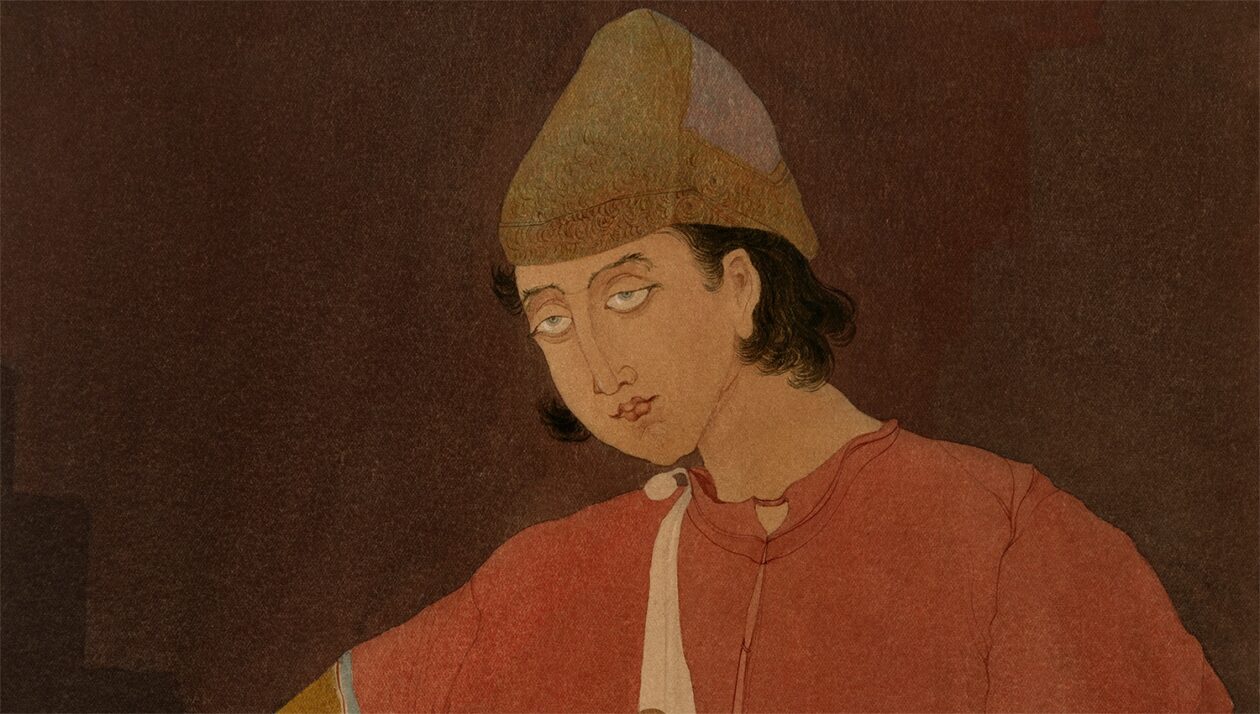



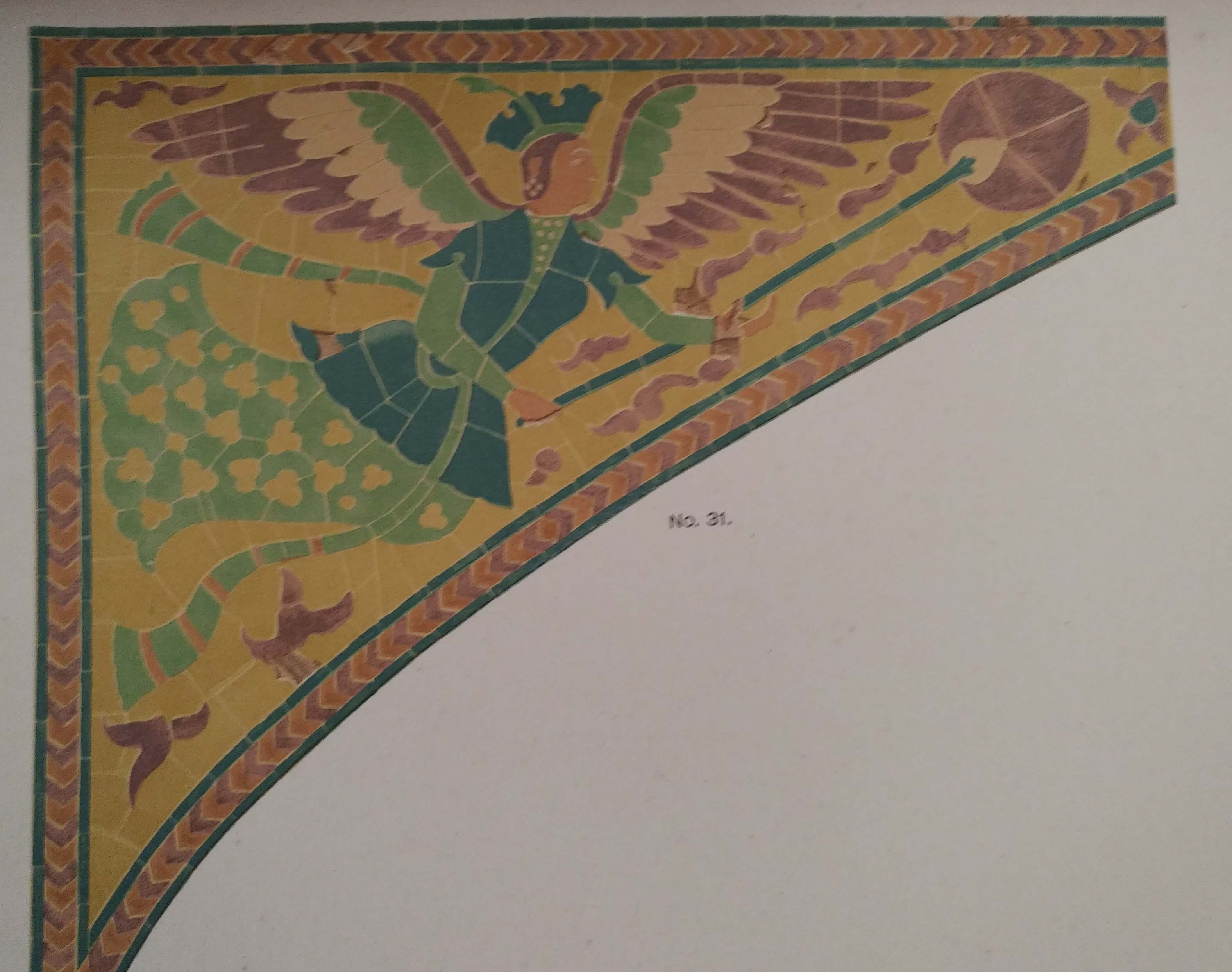
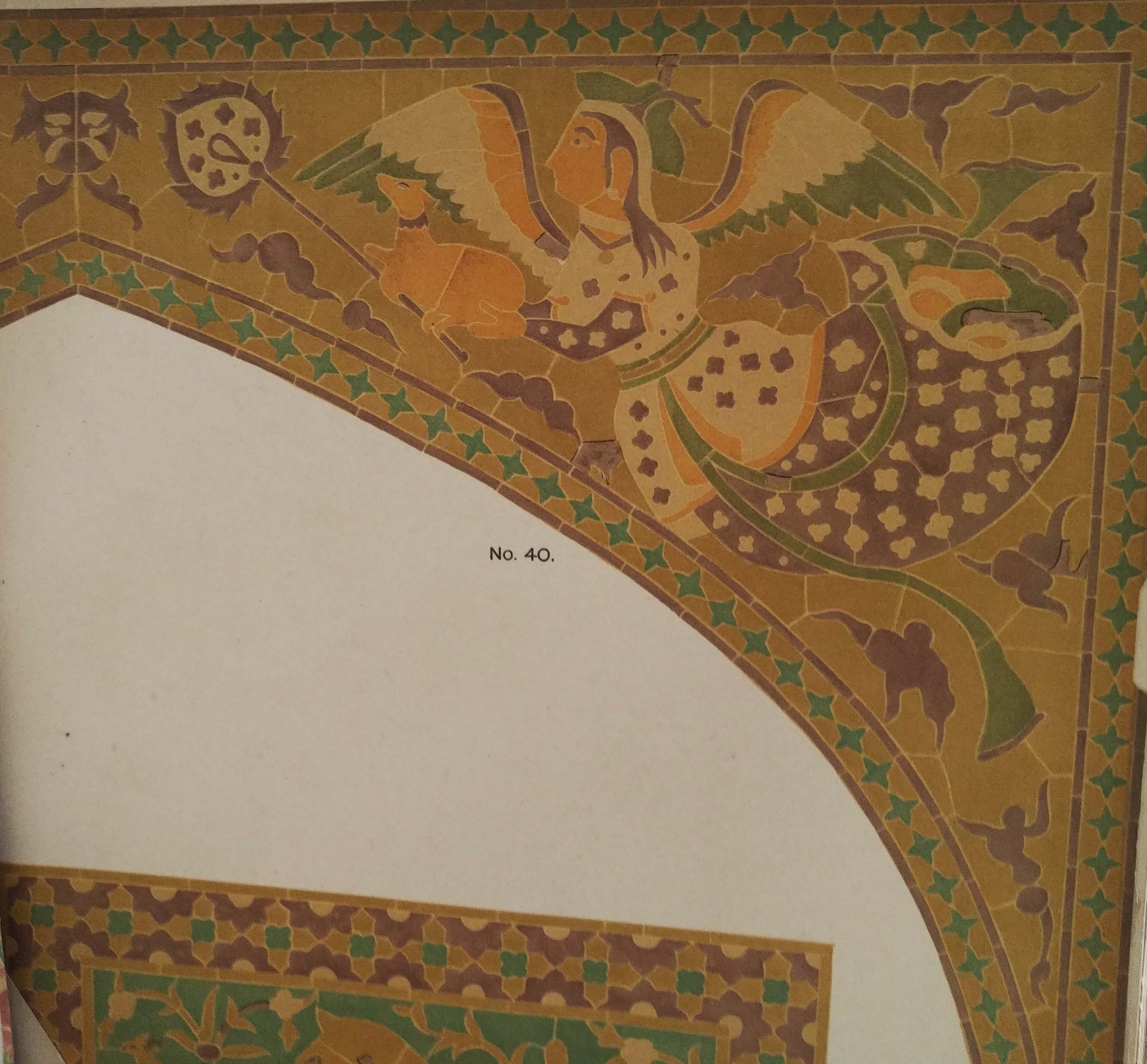
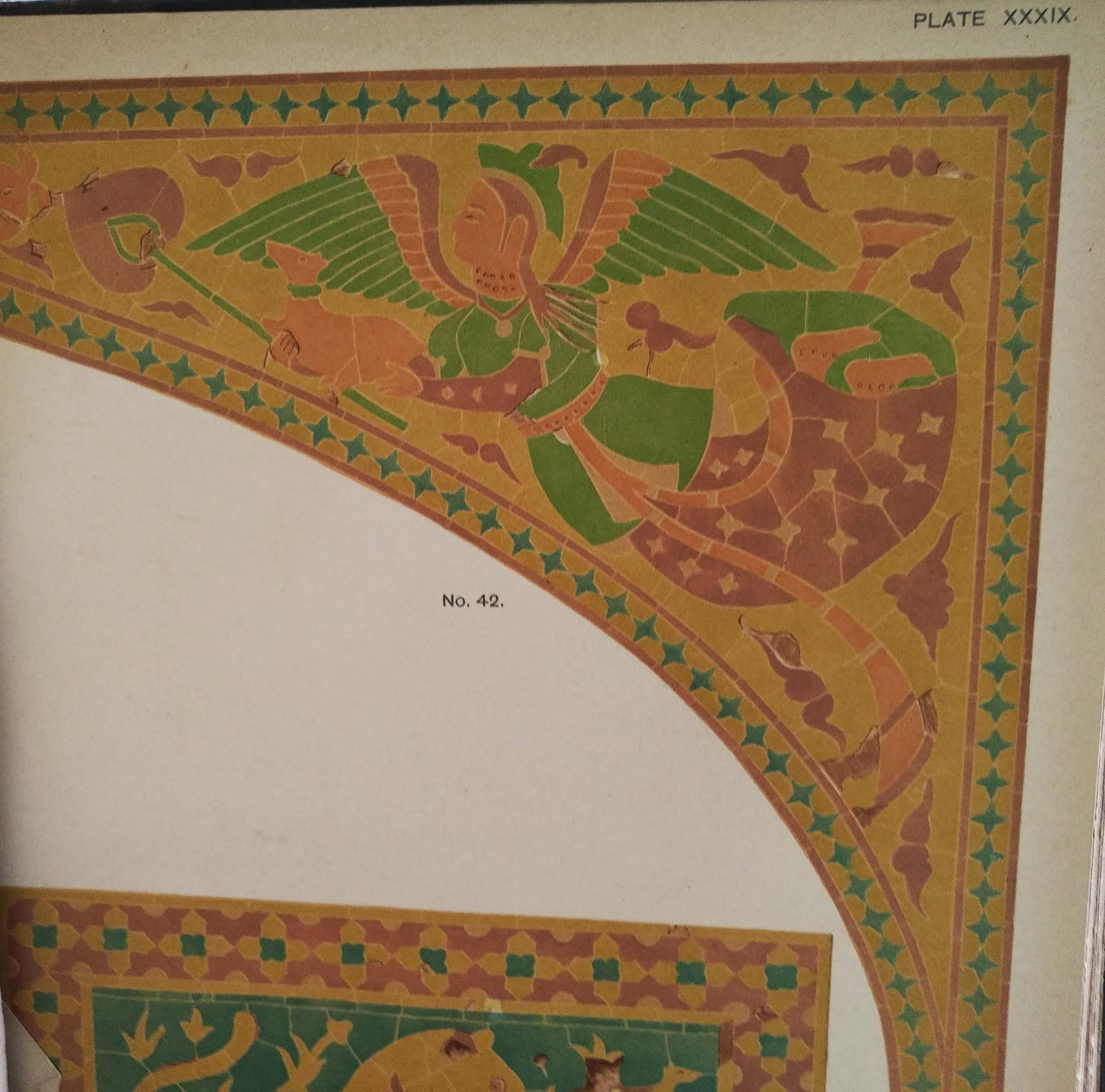
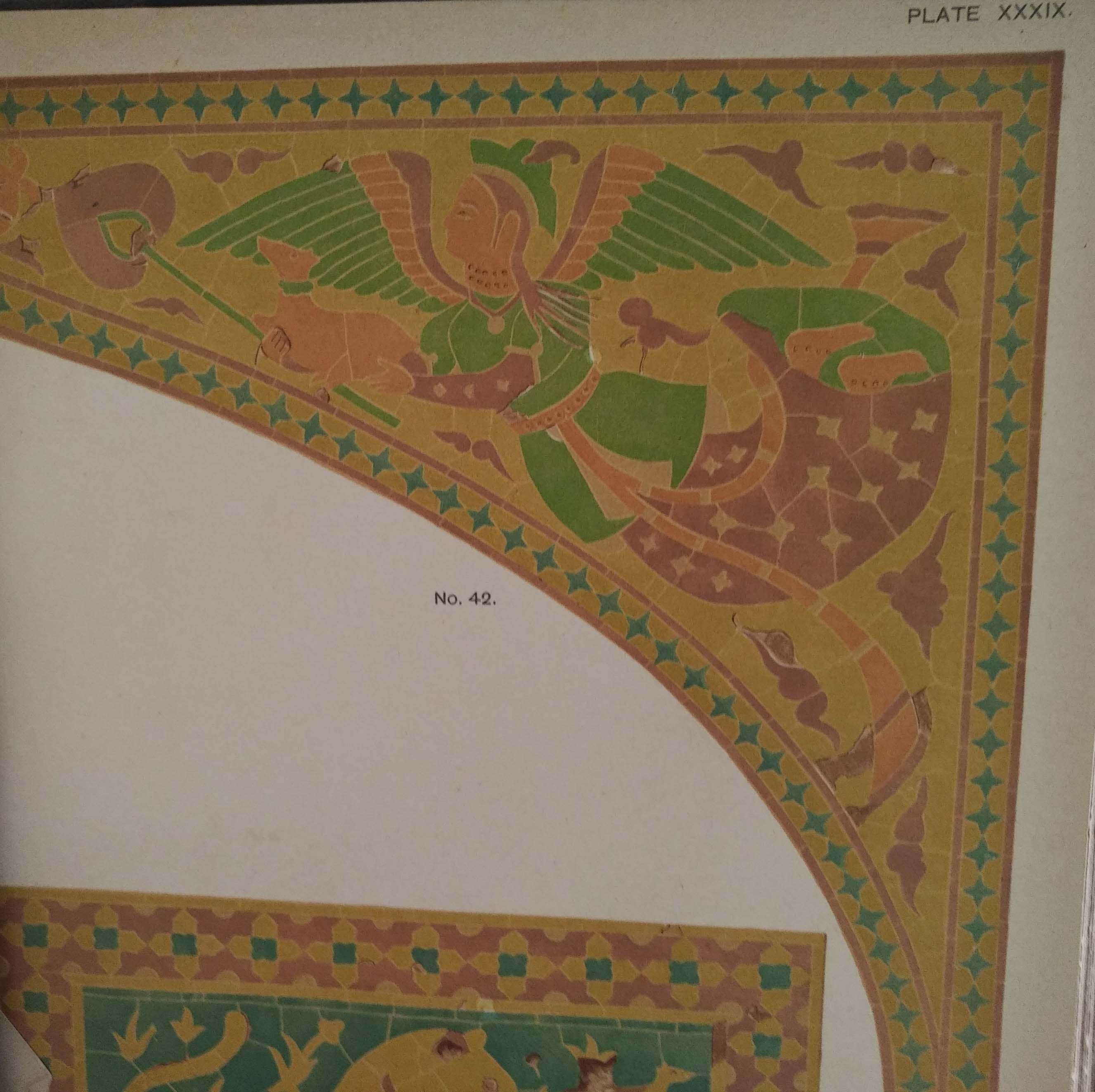
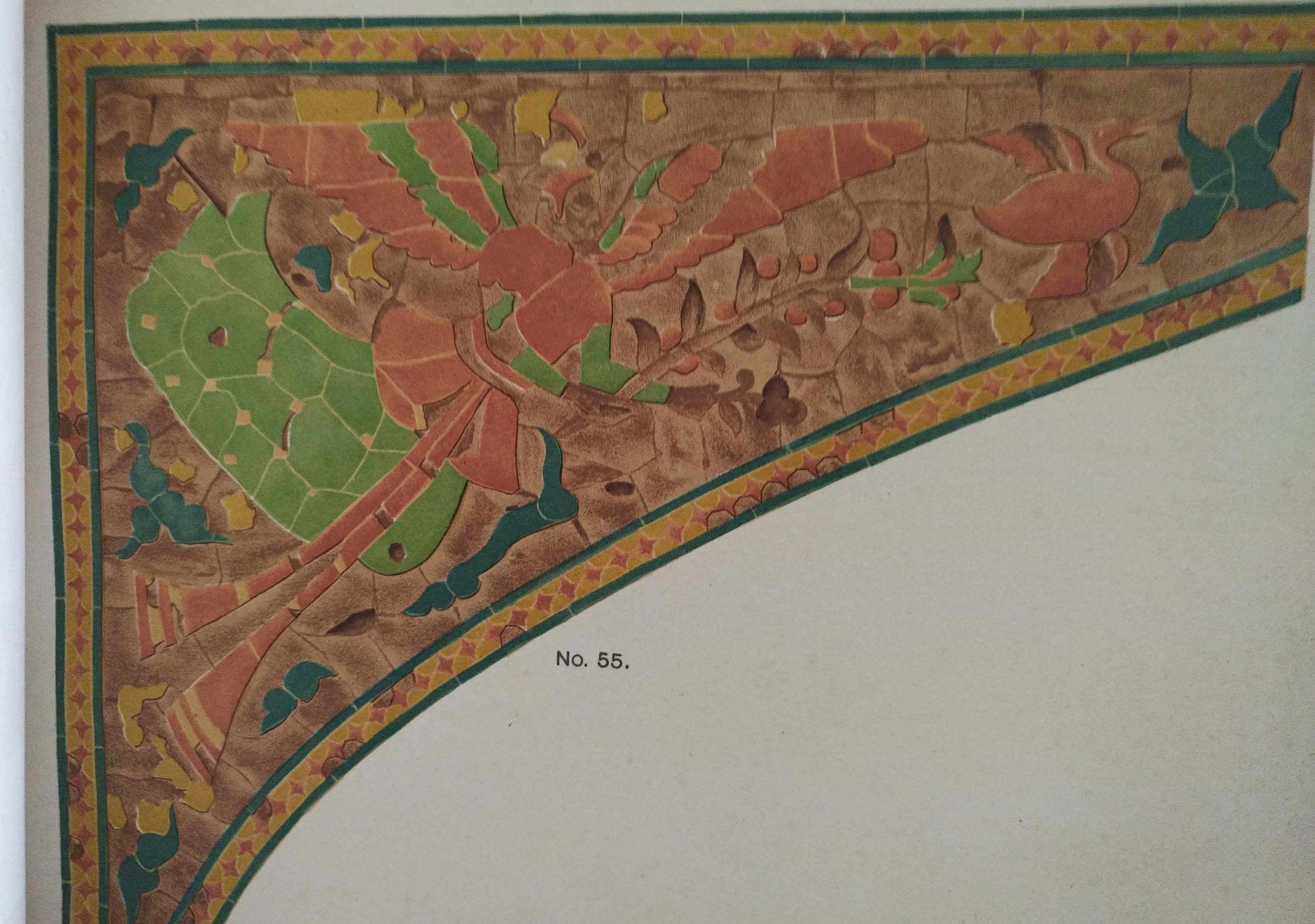
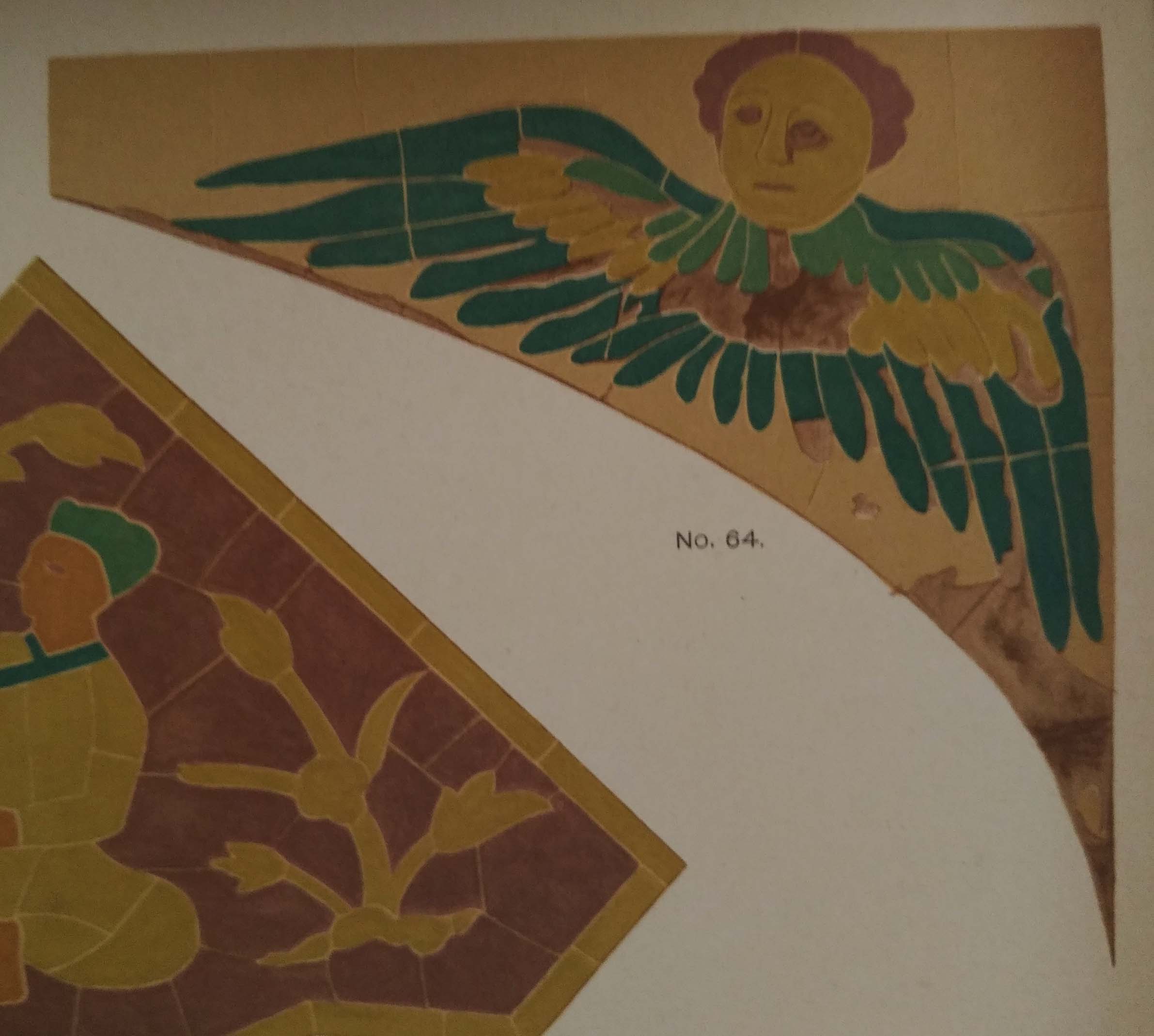
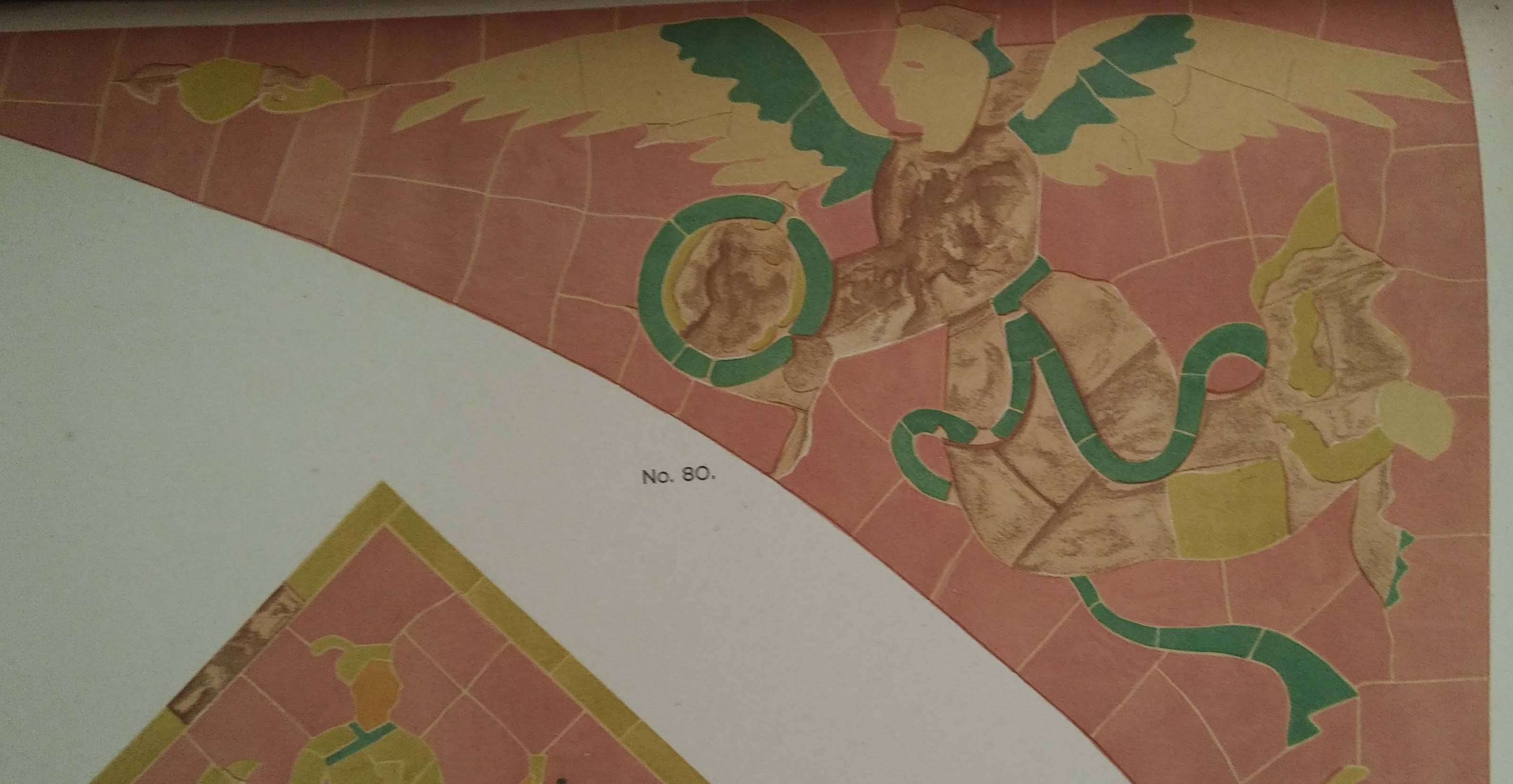
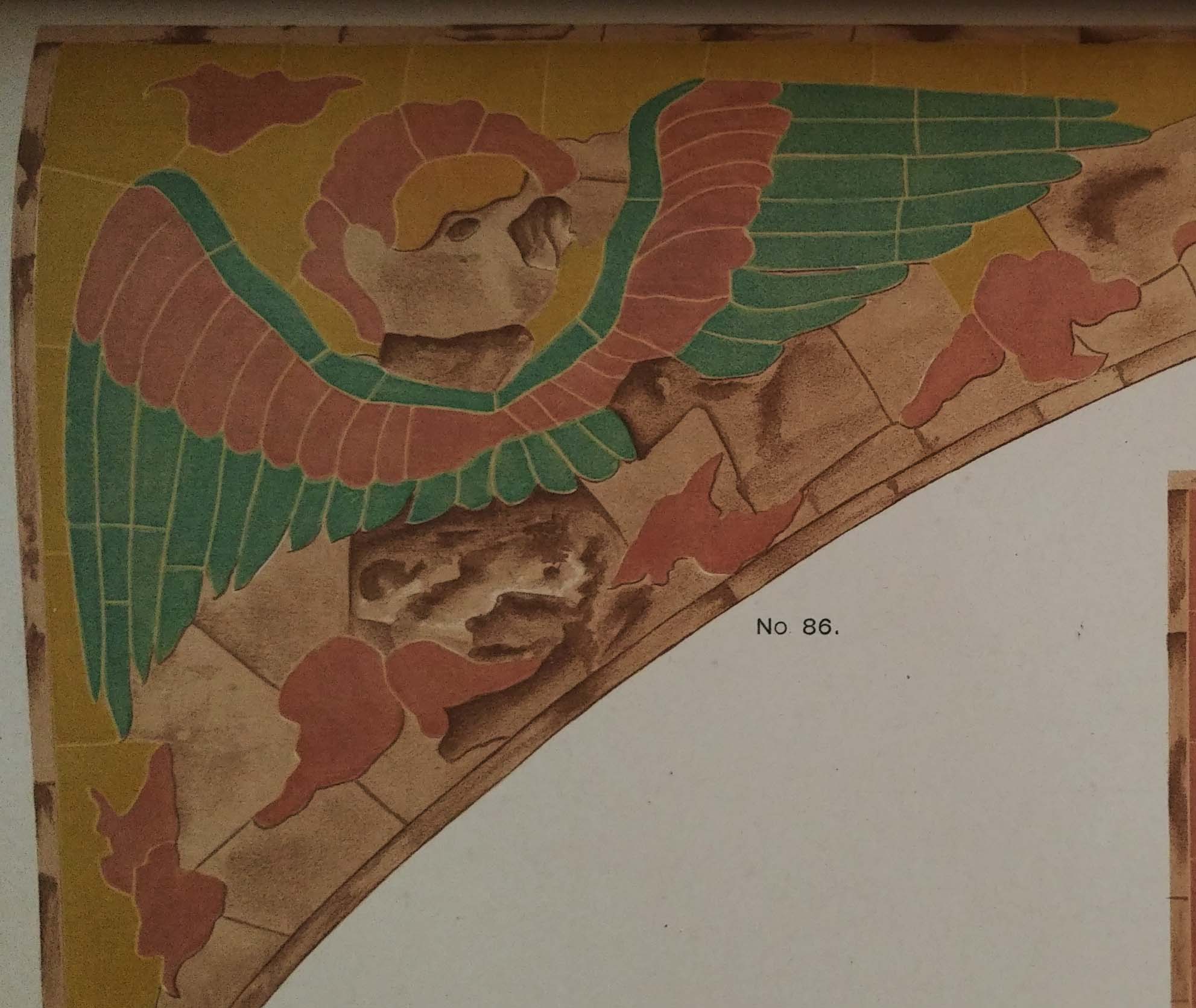
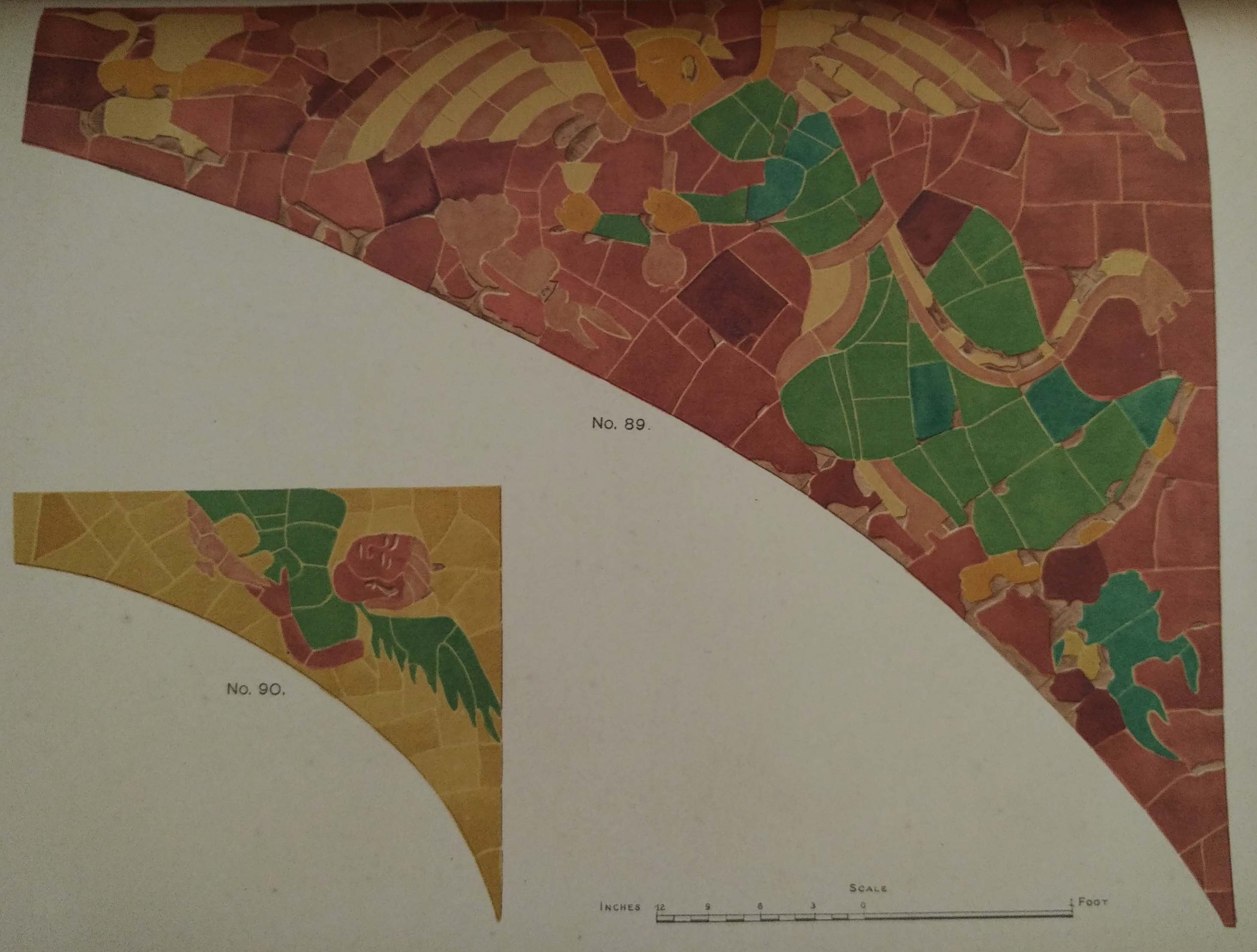


John Logins church for Maharaja Dulleep Singh will tell more soon.
Bold only through such tricks could 5000 goras rule whole Hindustan
We hardly produced art historians Chughtai Sahib and Abdullah Chaghatai are rare indeed
Attacking us from all fronts
Muslim scholars are subjugated now